Compared to annoying nuisance pests, infectious pests and animals are the real “invisible killers” in the home. Not only are they unpleasant, but they may directly or indirectly carry pathogens such as viruses, bacteria, and parasites—posing a high risk of disease and threatening the health of both family members and pets. This article introduces 10 common infectious pests and animals to help you protect your home and your loved ones.
10 Common Infectious Pests and Animals: Habits and Disease Risks
1. Mosquitoes
- Types: Aedes aegypti, Aedes albopictus, Culex tritaeniorhynchus, Culex quinquefasciatus, Culex fatigans
- Habits: Female mosquitoes suck blood using a needle-like mouthpart to obtain protein for egg development. Males feed on plant sap. Their saliva can cause itching and redness and may transmit pathogens. They prefer stagnant water for breeding and hide in cool, shaded places. Most active at dusk and night.
- Common Locations: Plant saucers, water drains, curtains, under beds
- Disease Risks:
Aedes spp. → Dengue fever
Culex tritaeniorhynchus, C. quinquefasciatus → Japanese encephalitis
C. fatigans → Filariasis
Other risks: Malaria, yellow fever, chikungunya, West Nile virus, Rift Valley fever
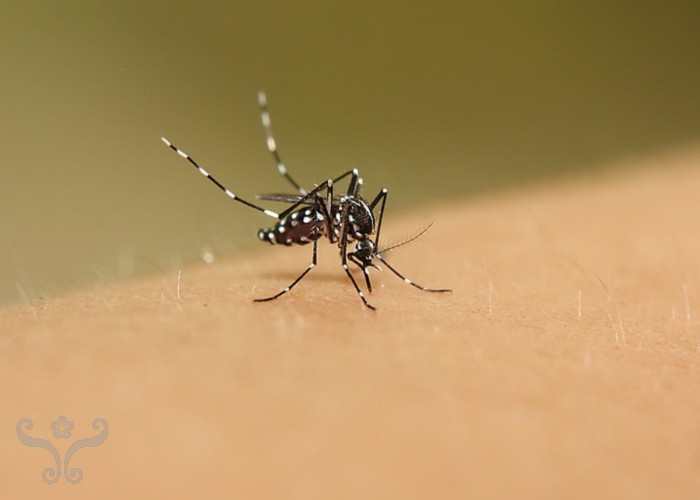
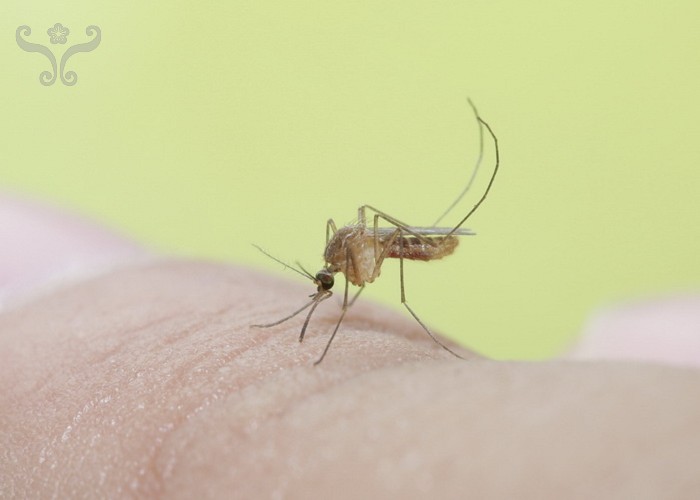
Image Source: NMNS Taiwan
2. Fleas
- Types: Cat flea, Oriental rat flea
- Habits: Adults live on pets or in carpets and mattresses. Both sexes feed on blood. Bites cause rashes and can spread parasites and diseases. Larvae hide in floor cracks or textiles.
- Common Locations: Pets, pet bedding, sofas, beds
- Disease Risks:
Cat flea → Tapeworm infection
Oriental rat flea → Murine typhus, plague
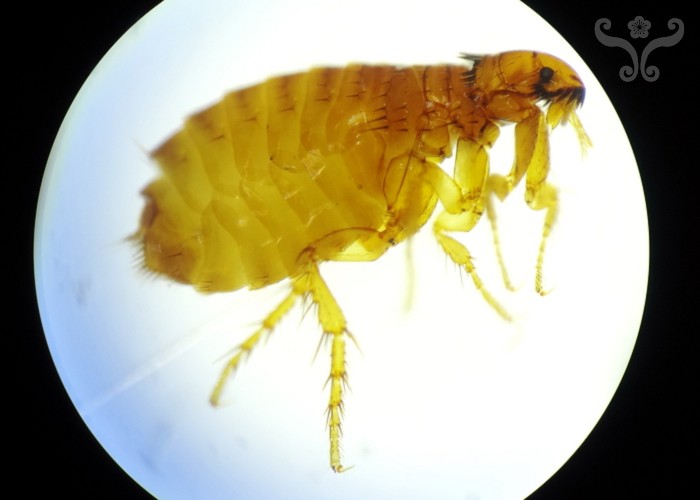
Image Source: NMNS Taiwan
3. Rats
- Types: Norway rat, roof rat, house mouse
- Habits: Prefer hiding in ceilings, wall cavities, or cluttered areas. Nocturnal and omnivorous, they favor grains, grease, and garbage. Their droppings pose high infection risk. They gnaw on furniture and wiring.
- Common Locations: Attics, ceilings, pipelines, storage piles
- Disease Risks: Hantavirus, plague, Salmonella infection

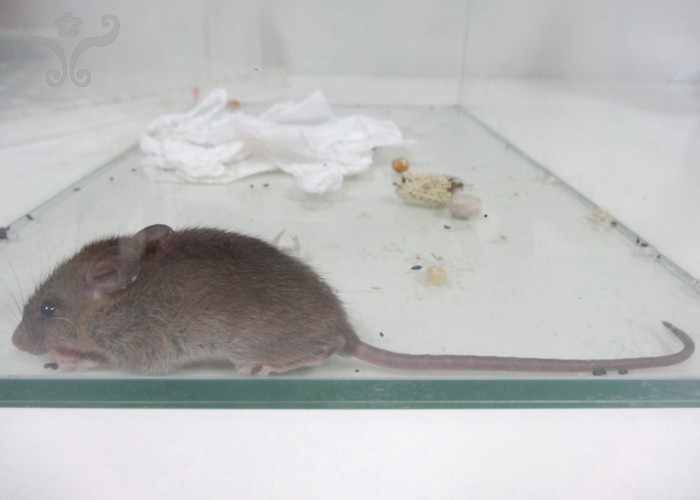
Image Source: NMNS Taiwan
4. Flies
- Types: Housefly, flesh fly (non-bloodsucking species)
- Habits: Most active during daytime. Feed on decaying food, garbage, and organic waste (including feces). Reproduce rapidly, laying eggs on rotting matter.
- Common Locations: Trash bins, kitchens, bathrooms
- Disease Risks: Salmonella, dysentery, cholera, typhoid, polio, hepatitis, protozoan infections, helminthic infections, tuberculosis, bacterial dermatitis, trachoma, conjunctivitis
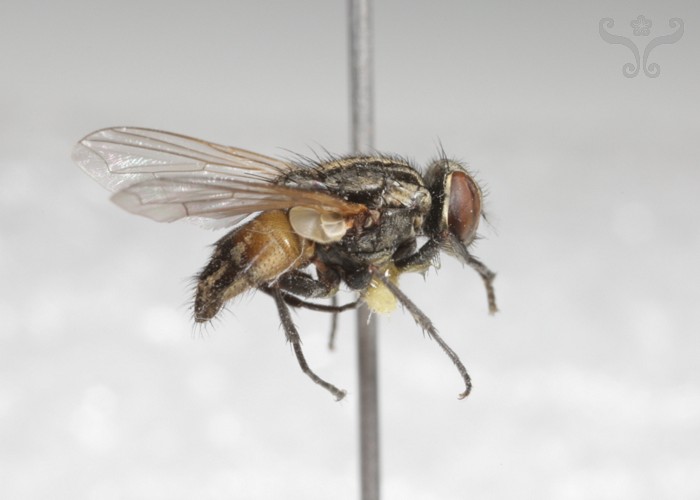

Image Source: NMNS Taiwan
5. Botflies
- Habits: Lay eggs on the bodies of other arthropods (e.g., mosquitoes). When the arthropod bites a host, the eggs drop into the wound and hatch into larvae, which burrow into the skin and parasitize the host.
- Common Locations: Moist tropical forests, wooded lowlands, untreated wounds of humans or pets
- Disease Risks: Myiasis (infestation with fly larvae), parasitic infections

Image Source:Jose G B Derraik, Allen C G Heath, and Marius Rademaker, Human myiasis in New Zealand: imported and indigenously-acquired cases: the species of concern and clinical aspects. The New Zealand medical journal, 2010, 123(1322), 21-38
6. Ticks
- Habits: Also called cattle ticks or hard ticks. Small and flat before feeding, they swell up after sucking blood. Prefer dark, humid environments near animals. Use smell, heat, and vibration to locate hosts. Feed on mammals (dogs, cats, humans). All life stages require blood meals.
- Common Locations: Pets, pet areas, sofas, beds, carpets
- Disease Risks: Lyme disease, babesiosis, ehrlichiosis, spotted fever, tick-borne encephalitis
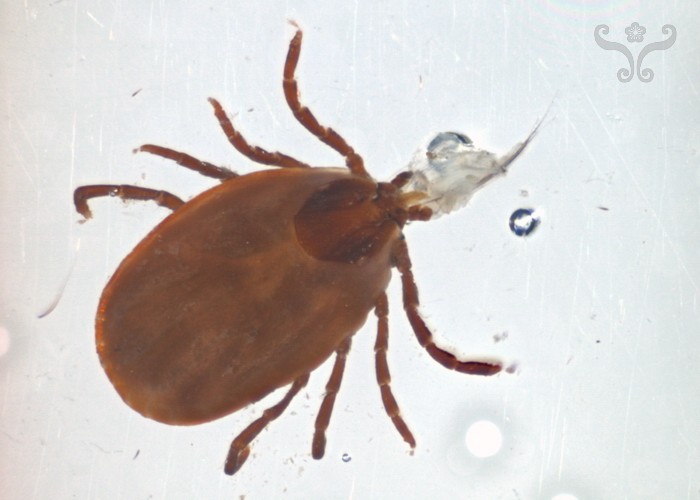
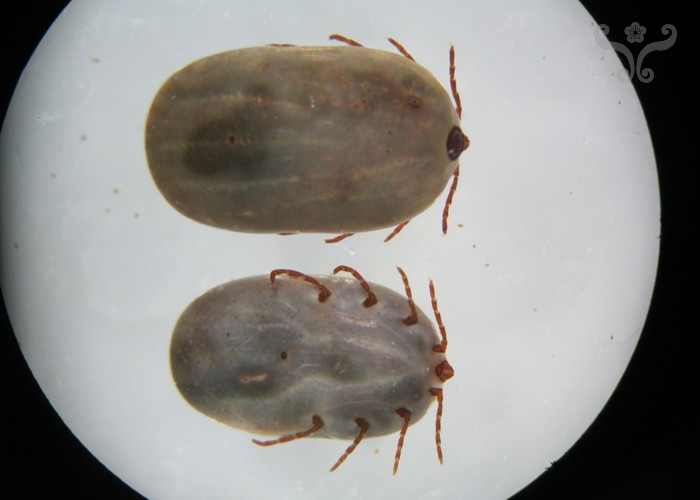
Image Source: NMNS Taiwan
7. Bed Bugs
- Habits: Flat, reddish-brown insects that can’t fly but crawl. Nocturnal and feed on the blood of humans and animals. Locate hosts via body heat and CO₂. After feeding, they quickly return to hiding. Can survive for months without feeding.
- Common Locations: Mattresses, bed seams, sofa crevices, wooden joints, corners, clothes, luggage
- Disease Risks: Red, itchy welts, hives, blisters, allergic reactions
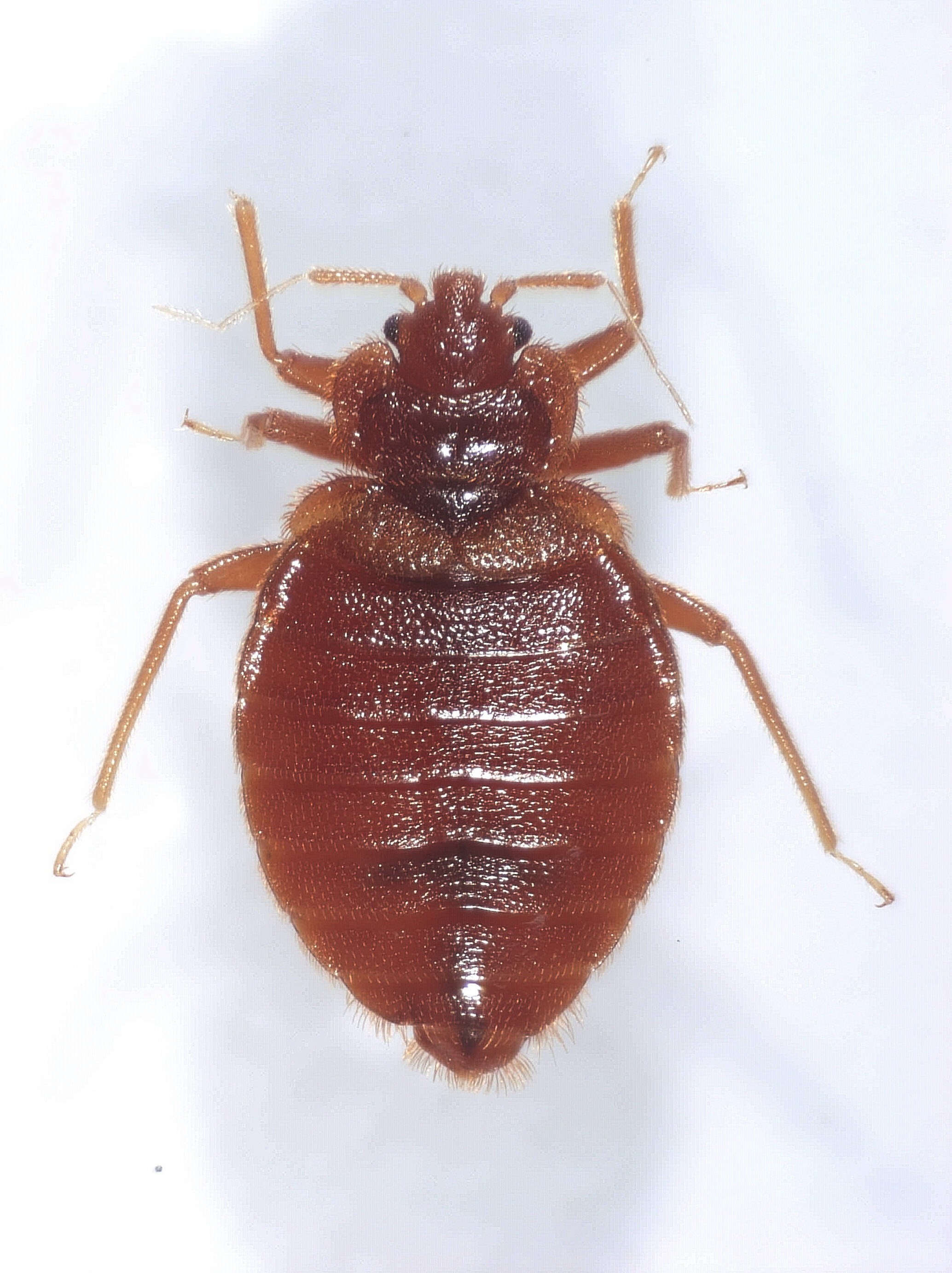
Image Source: NMNS Taiwan
8. Biting Midges (Forcipomyia taiwana)
- Habits: Tiny black insect (~1 mm), bites often go unnoticed. Females bite for blood, mainly during the day. Prefer moist, poorly ventilated spaces. Low flyers (<1 meter), often bite legs, arms, and elbows. Bites cause delayed, intense itching and swelling.
- Common Locations: Balconies, bathrooms, under kitchen sinks, damp windows
- Disease Risks: Redness, blistering, severe itching, infection, allergic reaction
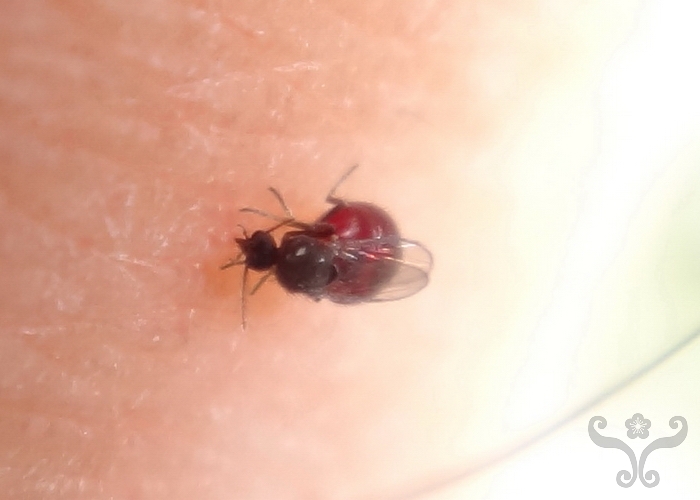
Image Source: NMNS Taiwan
9. Tropical Rat Mites
- Habits: Very small (0.5–1 mm), barely visible. Primarily parasitize rats, especially Norway rats. In absence of their rodent host, they bite other mammals, including humans.
- Common Locations: Rat-infested areas—ceilings, wall gaps, storage spaces, rat nests
- Disease Risks: Redness, papules, intense itching, allergic reactions
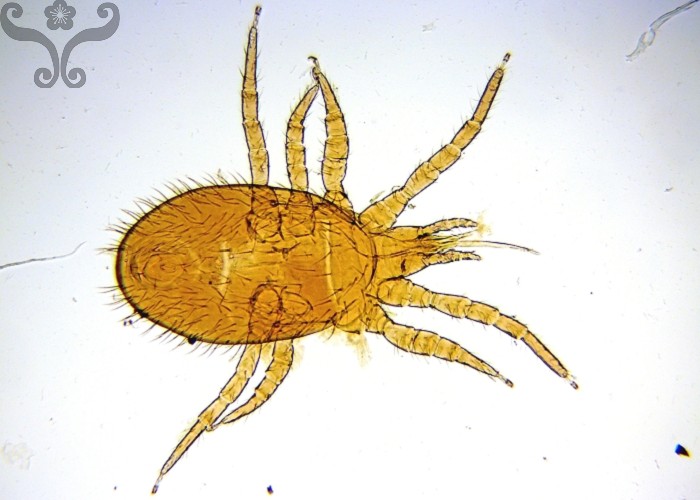
Image Source: NMNS Taiwan
10. Chigger Mites (Trombiculidae)
- Types: Leptotrombidium deliense, L. imphalum, L. pallidum, L. scutellare
- Habits: Very tiny (0.2–0.4 mm), invisible to the naked eye. Thrive in warm, humid environments, especially grassy areas. Larvae parasitize rodents, mammals, and birds—primarily rats. They inject saliva to dissolve skin tissue and feed, potentially transmitting rickettsia (scrub typhus). Not contagious between humans.
- Common Locations: Rat-infested areas, grassy areas, pets, clothing
- Disease Risks: Scrub typhus, eschar, high fever, swollen lymph nodes, red papular rash, headache, muscle aches, conjunctivitis, cough, gastrointestinal discomfort

Image Source: “Chiggers of Taiwan,” Taiwan Centers for Disease Control, Ministry of Health and Welfare.
Prevention Tips
- Eliminate standing water to prevent mosquito breeding.
- Store food properly.
- Sort and seal garbage; take out trash regularly.
- Deworm pets regularly and clean pet supplies.
- Seal entry points to prevent rodent intrusion.
- Seek professional pest control assistance when necessary.
Infectious pests and animals are not just a nuisance—they’re directly linked to household health. Families with children or the elderly should pay extra attention to preventive measures. Understanding them is the first step toward complete protection. Disease prevention begins with pest and rodent control—it must not be overlooked!

